New Delhi — The monsoon season in Delhi, once a welcome respite from scorching summer heat, now brings oppressive humidity, stagnant air, and a growing reliance on air conditioning. Far from providing relief, the rainy season has become a source of environmental strain and urban discomfort, signaling a need for urgent changes in how the city manages thermal comfort. Monsoon Discomfort in Delhi
Table of Contents
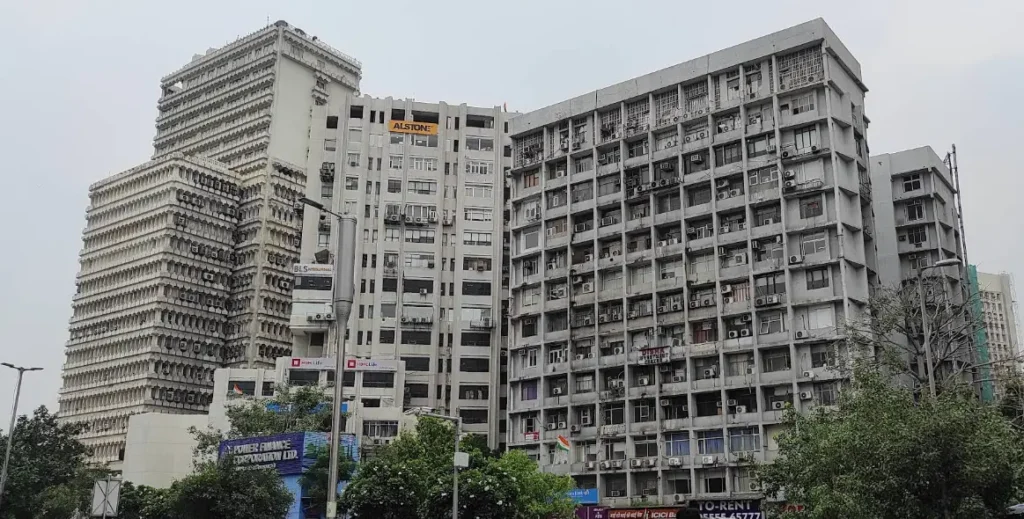
The Hidden Threat of Monsoon Humidity
From July to August, Delhi faces relative humidity levels often exceeding 85%, compounded by low wind speeds and poor ventilation in densely built areas. Even with cooler ambient temperatures, high moisture levels hinder the body’s ability to regulate heat, leading to increased perspiration, discomfort, and a rise in health issues such as respiratory illnesses, fungal infections, and fatigue, particularly among vulnerable groups like children, the elderly, and those in poorly ventilated homes.
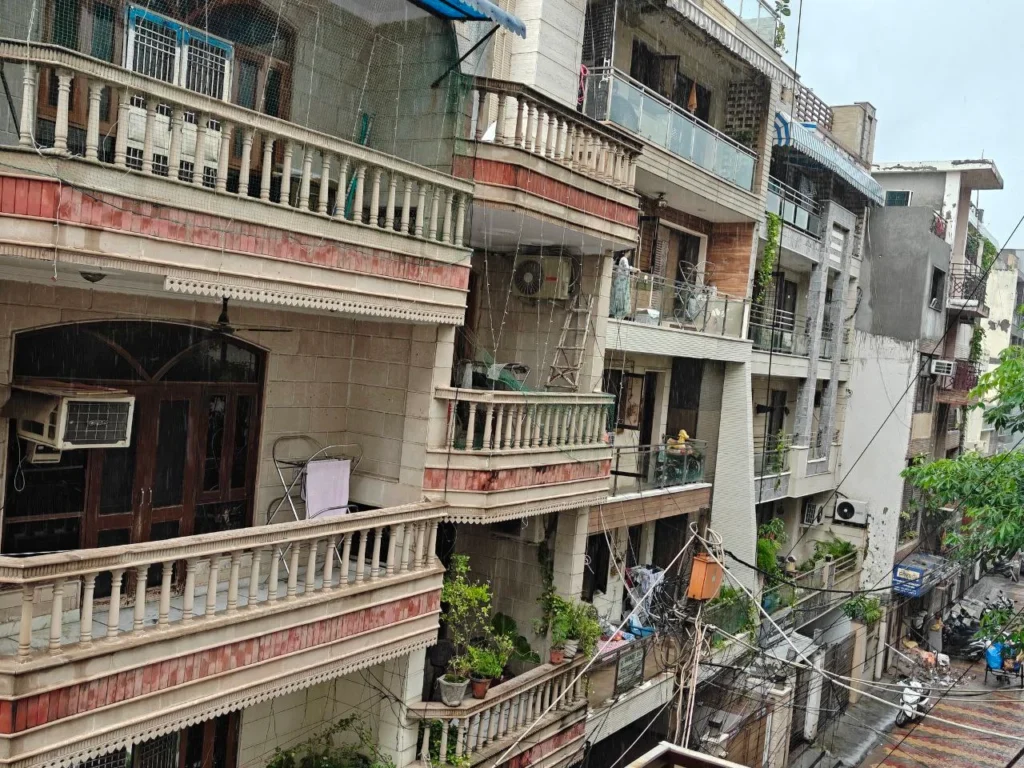
The India Meteorological Department (IMD) and the National Disaster Management Authority (NDMA) classify these conditions as compound climate risks, where heat, humidity, and air stagnation converge to heighten human health vulnerabilities.
Also Read: Dharavi Redevelopment Project: Balancing Dreams and Realities
Air Conditioners: A Double-Edged Sword
Air conditioners have become the go-to solution for indoor relief, but their widespread use comes at a steep environmental cost. AC units not only cool indoor spaces but also expel significant heat into the surrounding atmosphere and release condensate, which increases localized humidity.
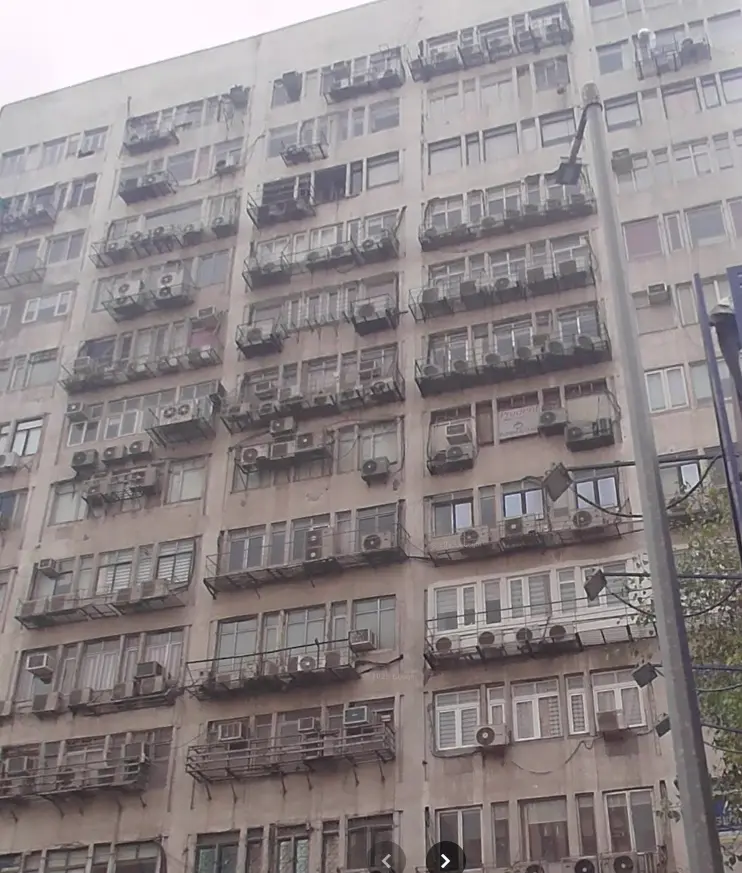
Heat Output from Common AC Systems
| AC Type | Cooling Capacity | Heat Released to Atmosphere |
|---|---|---|
| 1 Ton Window/Split | 3.5 kW | 4.5–5.0 kW |
| 2 Ton Split AC | 7.0 kW | 9.0–10.0 kW |
| Central AC (15 Tons) | 52.5 kW | 65–75 kW |
| Commercial VRF (50 Tons) | 175 kW | 200–230 kW |
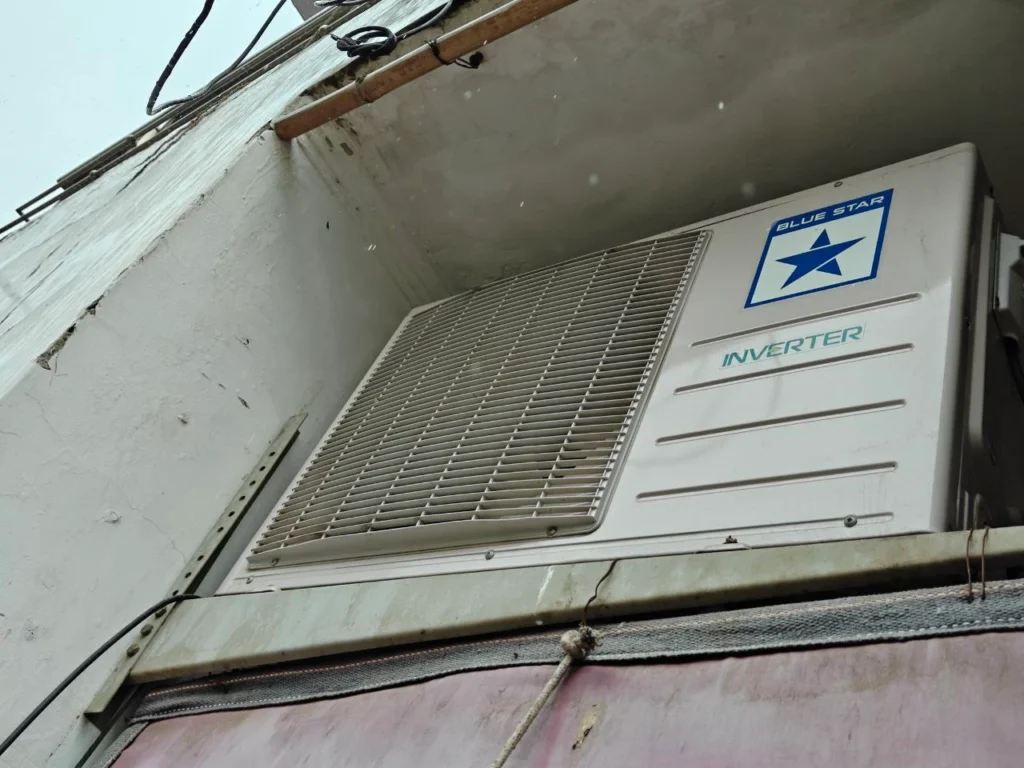
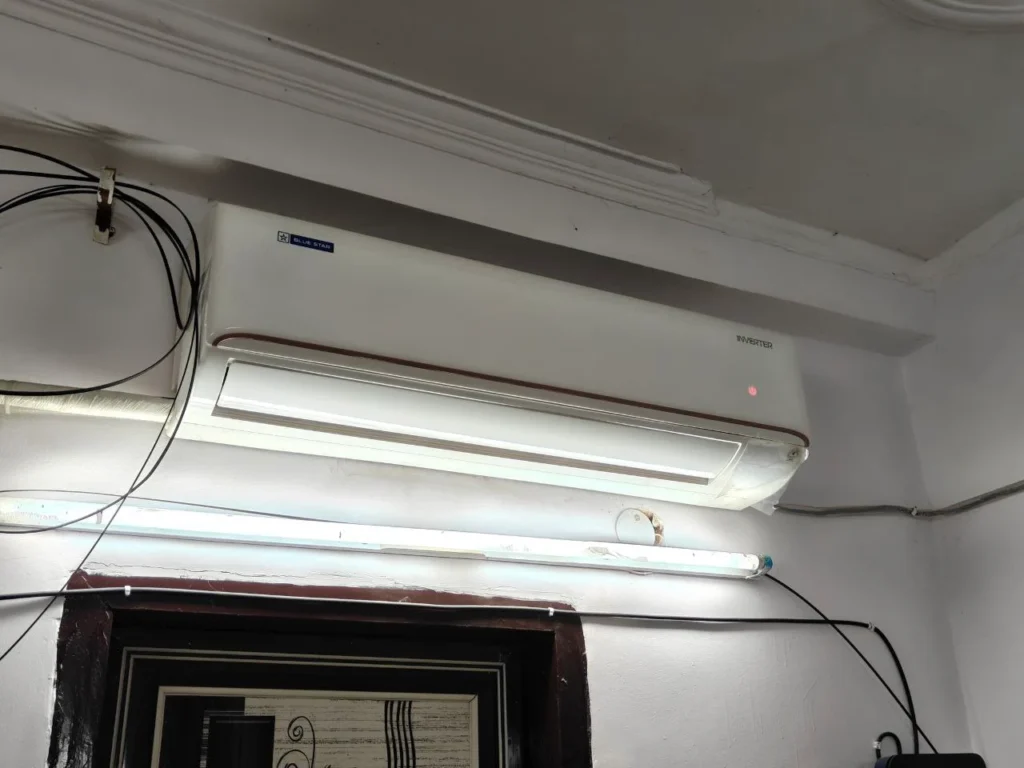
With an estimated 5–6 lakh AC units operating simultaneously during monsoon peaks across Delhi’s homes, offices, malls, and hospitals, the cumulative heat rejection is immense—conservatively estimated at 12,000–14,000 MW during humid evenings. This exacerbates localized warming, intensifying outdoor discomfort.
Urban Heat Islands and Microclimate Disruption
The Urban Heat Island (UHI) effect, where urban areas remain significantly warmer than rural surroundings, worsens during the monsoon. Contributing factors include heat retention by concrete and asphalt, low wind movement, condensate discharge from ACs, and limited vegetation for evapotranspiration. Neighborhoods like Karol Bagh, Lajpat Nagar, Connaught Place, Dwarka, and Nehru Place experience evening humidity spikes and poor nighttime cooling, with residents reporting discomfort even at 29–30°C due to high dew points. Monsoon Discomfort in Delhi
Studies by The Energy and Resources Institute (TERI) and reports from GIZ and the Indian Green Building Council (IGBC) confirm these localized microclimate shifts, highlighting the need for better urban planning to mitigate thermal stress.
Health, Equity, and Infrastructure Challenges
The monsoon’s high humidity and reliance on ACs have far-reaching impacts:
- Health Risks: Increased cases of heat rash, fungal infections, asthma, and fatigue, alongside mold growth in sealed AC environments, which can worsen allergies and respiratory issues.
- Thermal Inequity: Low-income residents without access to ACs endure stifling, unventilated homes, while AC use in wealthier areas raises street-level heat and humidity, disproportionately affecting vendors, passersby, and informal workers.
- Infrastructure Strain: Surging power demand, overloaded drainage systems from condensate runoff, and grid instability during humid, flood-prone periods stress the city’s systems.
A Call to Action: Cooling Smarter, Not Harder
Delhi’s worsening monsoon discomfort underscores the need for a shift from reactive AC dependence to proactive, sustainable cooling strategies. Experts advocate a dual approach:
Government and Policy Interventions
- Integrate cooling benchmarks and thermal comfort zoning into urban master plans, as recommended by the Ministry of Housing and Urban Affairs’ India Cooling Action Plan (ICAP).
- Promote district cooling systems in commercial areas to reduce redundant AC use.
- Enforce compliance with the Energy Conservation Building Code (ECBC) for new constructions.
- Subsidize energy-efficient inverter-based and dehumidifying AC systems.
- Invest in urban afforestation, bio-swales, and green corridors to enhance natural cooling and air quality.
Individual and Community Actions
- Set AC thermostats to 25–27°C for balanced comfort and efficiency.
- Adopt passive design techniques like courtyards, jaalis, ventilated facades, and light-colored surfaces.
- Retrofit buildings with cool roofs, shading devices, and rain-proof ventilators.
- Use portable dehumidifiers, cross-ventilation, and natural drying spaces to manage household moisture.
- Support community greening through tree planting, balcony gardens, and shared shaded spaces.
From Comfort to Consciousness
Delhi’s monsoon woes are a stark reminder of the imbalance between urban design, energy consumption, and environmental sustainability. The unchecked reliance on mechanical cooling is worsening the very conditions it aims to alleviate. To address this, Delhi—and other Indian cities—must prioritize climate-resilient cooling systems, combining technological innovation, architectural ingenuity, and public awareness.
Cooling our cities should not come at the cost of heating our planet.
References
- India Cooling Action Plan (ICAP), Ministry of Environment, Forest and Climate Change, 2019
- TERI Urban Heat Island Mapping Study, Delhi, 2020
- NDMA Guidelines for Managing Heat Waves, 2021
- IGBC-GIZ Report on Thermal Comfort and Cooling in Indian Cities, 2022
- CSE Report: “State of India’s Urban Climate”, 2023
- India Meteorological Department (IMD) Annual Climate Summary, 2024
